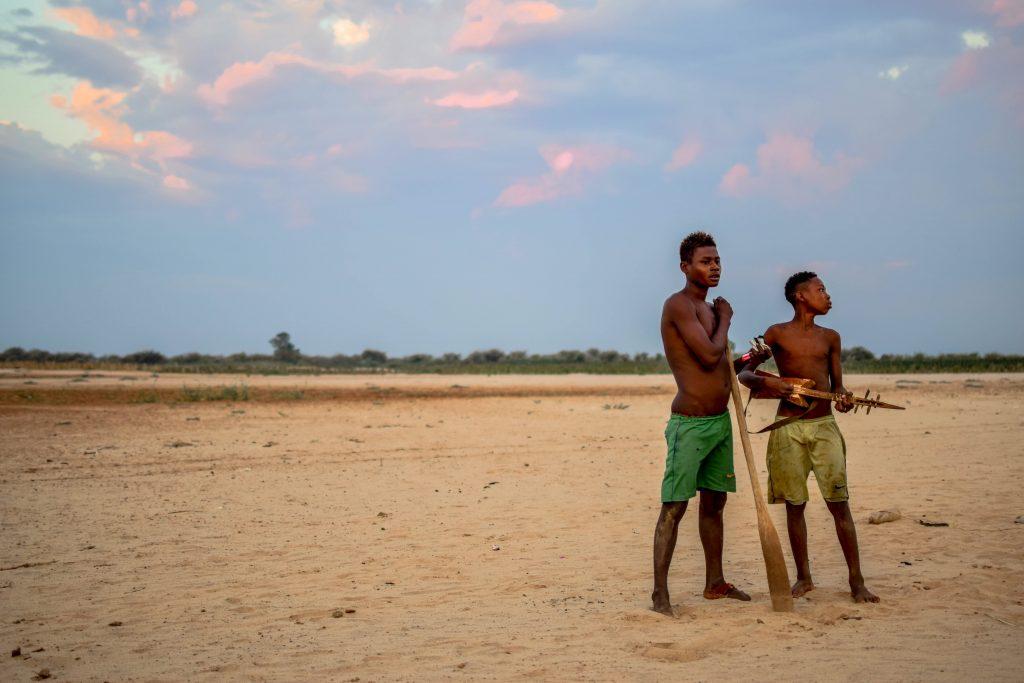In Madagascar, music is a blend of tradition and melody. Each people expresses its identity through unique musical instruments. From the valiha to the kabosy, as well as other instruments, you’ll discover an enriching musical experience during your visit. These instruments have cultural significance and have been passed down from generation to generation. You can distinguish them by type: percussion, string or wind instruments.
Madagascar’s musical diversity through its unique instruments.
How do the strings sing its music?
The Valiha :
The Valiha is a musical instrument similar to a zither, but simpler to understand. It is made from bamboo and steel strings. The delicate strings are plucked from the bamboo tube. This creates a strong sound reminiscent of Madagascar’s Indonesian and Australian origins. Once used mainly in traditional customs, the Valiha is now also used in religious ceremonies. Today, it is considered the symbol of Malagasy music.
The Kabosy :

The kabosy is a very important musical instrument in Madagascar, resembling a guitar. It is shaped like a trapezium or rectangle and made of wood with four to six strings. It produces a strong, low-pitched sound. It is particularly used to accompany singing and dancing during funeral rituals. Its name, « kabosy », comes from the Malagasy word for « little thing ».
The Lokanga :
The lokanga is an instrument that resembles a violin in shape and function. It is mainly used in the highlands of Madagascar. Its name means « bow », as it is played by rubbing it with a bow. The strings are generally flexibly tuned. A zebu skin stretched over the table gives it a distinctive sound. It is held under the chin and improvised into expressive melodies with the bow. The lokanga is often used to play traditional music at ceremonies and festivities.
Membranophone or beating-beat instruments.
The Langoroany :

The langoroany, or drum, accompanies the rhythm for the Malagasy customary musical phrase. It consists of a membrane of zebu skin stretched over a cylinder. Beaten with two sticks, it creates a sound that accompanies the rhythms of the music. During religious ceremonies, weddings and the turning over of the dead, look out for « le langoroany » having fun. It accompanies traditional Malagasy dances, amplifying the rhythm and festivities.
The Kaiamba :
The « kaiamba », a bundle of reed stems fixed at the base in a bamboo cell, is one of Madagascar’s musical instruments. Musicians create musical notes by striking each rod. It can be heard on many festive occasions. It is an instrument that symbolizes the essence of Malagasy music. Captivating listeners, its truthful, haunting fullness produces a distinct note.
Leaf through the Magic of Wind Instruments, with an enchanted breath.
Le Sodina :
« The sodina, like the flute, dates back to the time of the king. A traditional Malagasy wind instrument, it is made of bamboo or metal tubes. Holes are drilled along the length to access melodies. It sings in harmony with the « valiha » and « kabosy ». As a soloist, she creates dark romances.
The Antsiva :
Made from a large shell, the Antsiva, a Malagasy musical instrument, generates a high-pitched sound when blown. Sovereigns used it at every gathering invitation. Nowadays, it is in danger of disappearing.







